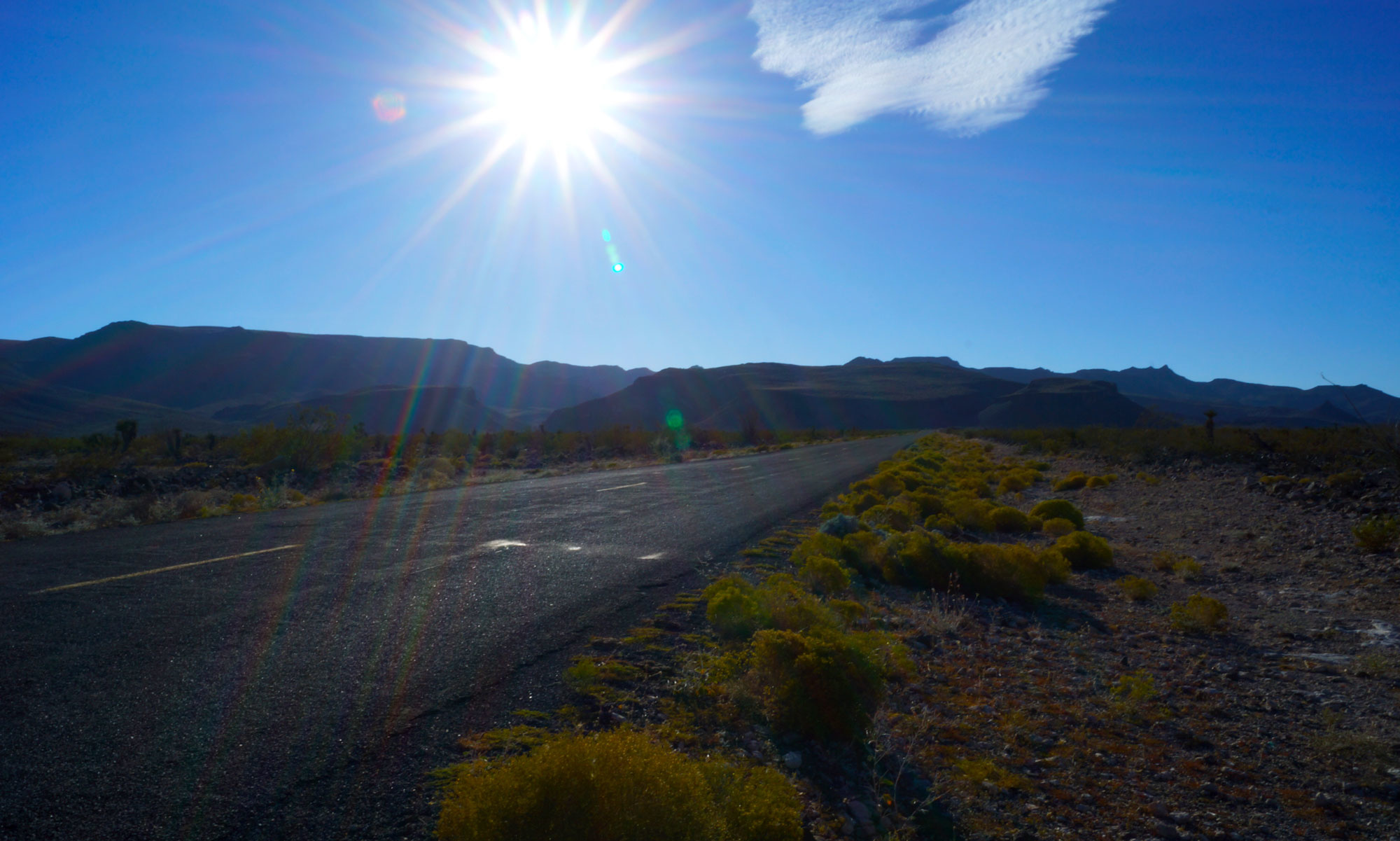
Consider the lowly postcard. Largely forgotten today, postcards were once big business and an almost obligatory aspect of family vacations. Despite their modern decline, however, postcards were instrumental in facilitating both domestic American tourism and aspects of American national identity itself. The vacation postcard also had a specific, deliberate origin in early American tourism promotion beginning in the late nineteenth century through a national movement known as See America First.
Historian Marguerite Shaffer, in her book, See America First: Tourism and National Identity 1880-1940 first investigated the significant role tourism played in constructing an American national identity. My own research built on Shaffer’s work and examined evolving local community identity driven by tourism in the twentieth century American Southwest.
As Shaffer documented, tourists were encouraged to seek out American destinations for vacations, particularly in the American West, by the See America First movement. See America First was a national movement led by community boosters across the country, domestic tourism promoters, Department of the Interior and later National Park Service officials, and railroad and automobile company leaders that encouraged Americans to spend their tourism dollars visiting American locations.[1]
Although not explicitly articulated by See America First proponents, the arguments of the See America First movement connected to aspects of American republican mythology and national identity. Within this framework, tourism, particularly Western tourism, helped to reconcile virtuous agrarian republican mythology with the reality of the emerging industrial, corporate-driven, urban nation.[2]
First Western boosters, and then a far more successful partnership between the railroads and the National Park Service, promoted tourism as an act of patriotism. These efforts encouraged Americans to visit the natural wonders of America like the Grand Canyon in an effort to know their own country and develop a sense of national pride. These efforts further redefined the natural world in the Western United States from harsh wilderness needing conquering to scenic wonder needing visitation. Through this, tourism became a type of virtuous consumption that reconnected urban elites to the original republican virtues of America through visiting the natural wonder of the United States.[3] Subsequent promotion efforts cast escaping to nature through tourism as a rite of passage required for virtuous citizenship.[4] Tourists themselves internalized these messages adding aspects of defining self-identity to pastoral tourism.[5]
A significant aspect of this national movement were promotional materials, most of which took printed form. Beginning in the late-nineteenth century railroad era, posters, newspaper and magazine articles, and other printed materials were used to promote the movement and grow interest in domestic travel amongst Americans. Although many readers may be familiar with the now iconic early twentieth century National Park Service posters, a far more prolific medium was often used to promote domestic tourism: the postcard.

Postcards like the one shown above were instrumental in advancing the aims of the See America First movement. Postcards like this one served two purposes: to reinforce in the tourist’s mind the importance of their personal journey out west, and to engender interest for future trips by the recipients of postcards sent by western tourists.

These postcards, sold to tourists as souvenirs, were explicit in their mission of promoting America. Often focusing on the western United States, these materials promoted American natural wonders as destinations on par with anything in Europe. See America First postcards hailed hallmarks of the western American natural environment as the “cathedrals of America,” that were as worthy of visitation as any castle or capital city outside the U.S. Likewise, these postcards also promoted America as a fully modern nation commanding a continent through transportation technology and systems like transcontinental railroads. In this view, America not only had wild natural splendors worthy of visitation, but the modern means to whisk tourists to these destination with ease – all to the benefit of American tourism promoters.
The postcard as a means of correspondence, remembrance, or promotion has largely died out. In many ways serving as the canary in the coal mine for written correspondence and national postal services in general, the postcard along with hand-written letters, has largely been replaced by newer communication mechanisms like email and social media. Digital photography and Instagram eliminated the need to buy postcard packs to commemorate vacations. However, for a time, postcards played an instrumental role not only in personal tourism memory making, but in ushering in fundamental aspects of American identity like the ubiquitous family vacation out west.
[1] Marguerite S. Shaffer, See America First: Tourism and National Identity, 1880-1940 (Washington: Smithsonian Institution Press, 2001), 1-6, 130-168. Warren James Belasco, Americans on the Road: From Autocamp to Motel, 1910-1945 (Baltimore: John Hopkins University Press, 1979), 3-40.
[2] Shaffer, See America First, 5-6.
[3] Ibid., 7-39.
[4] Ibid., 219.
[5] Ibid., 264.


























